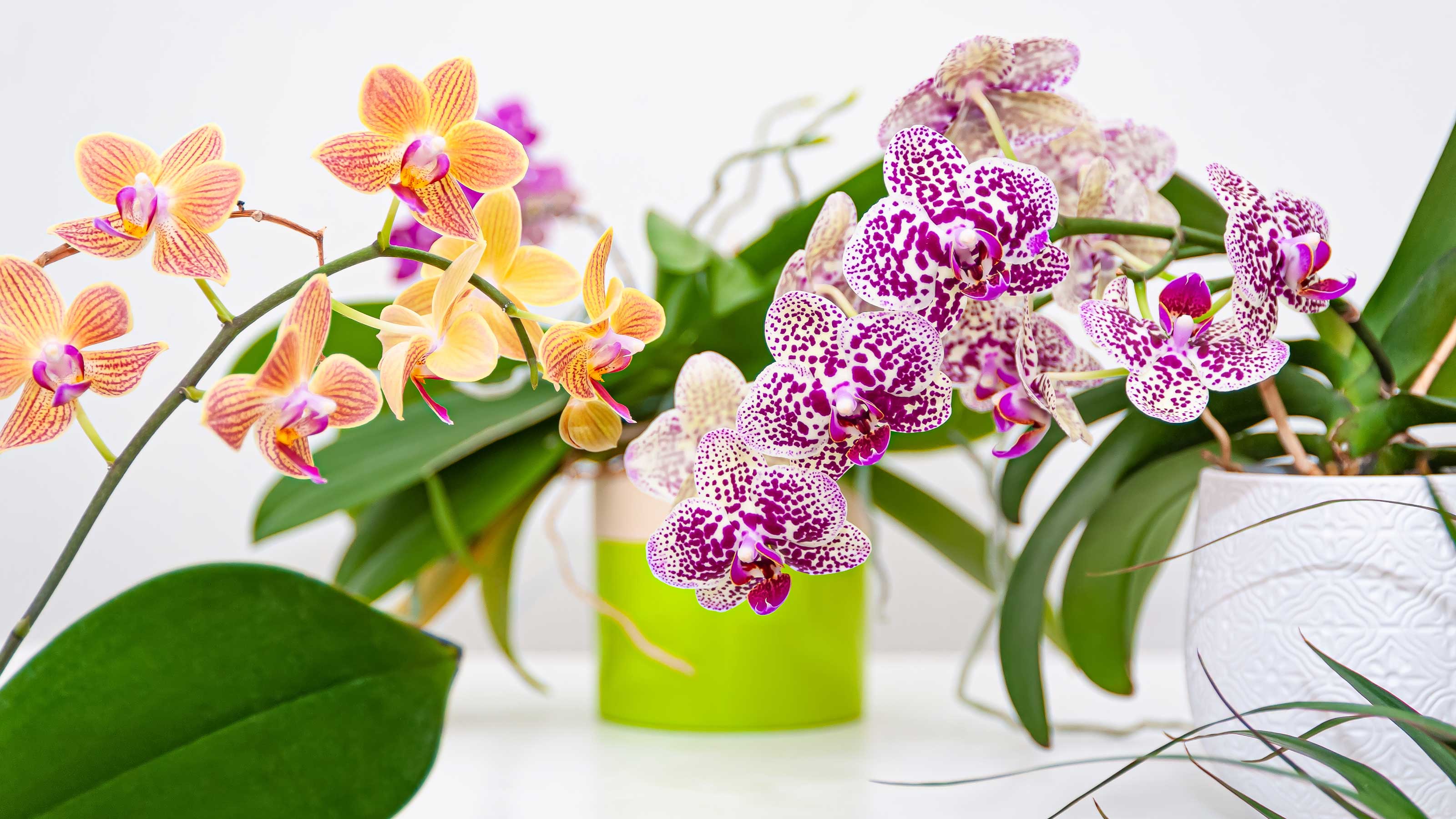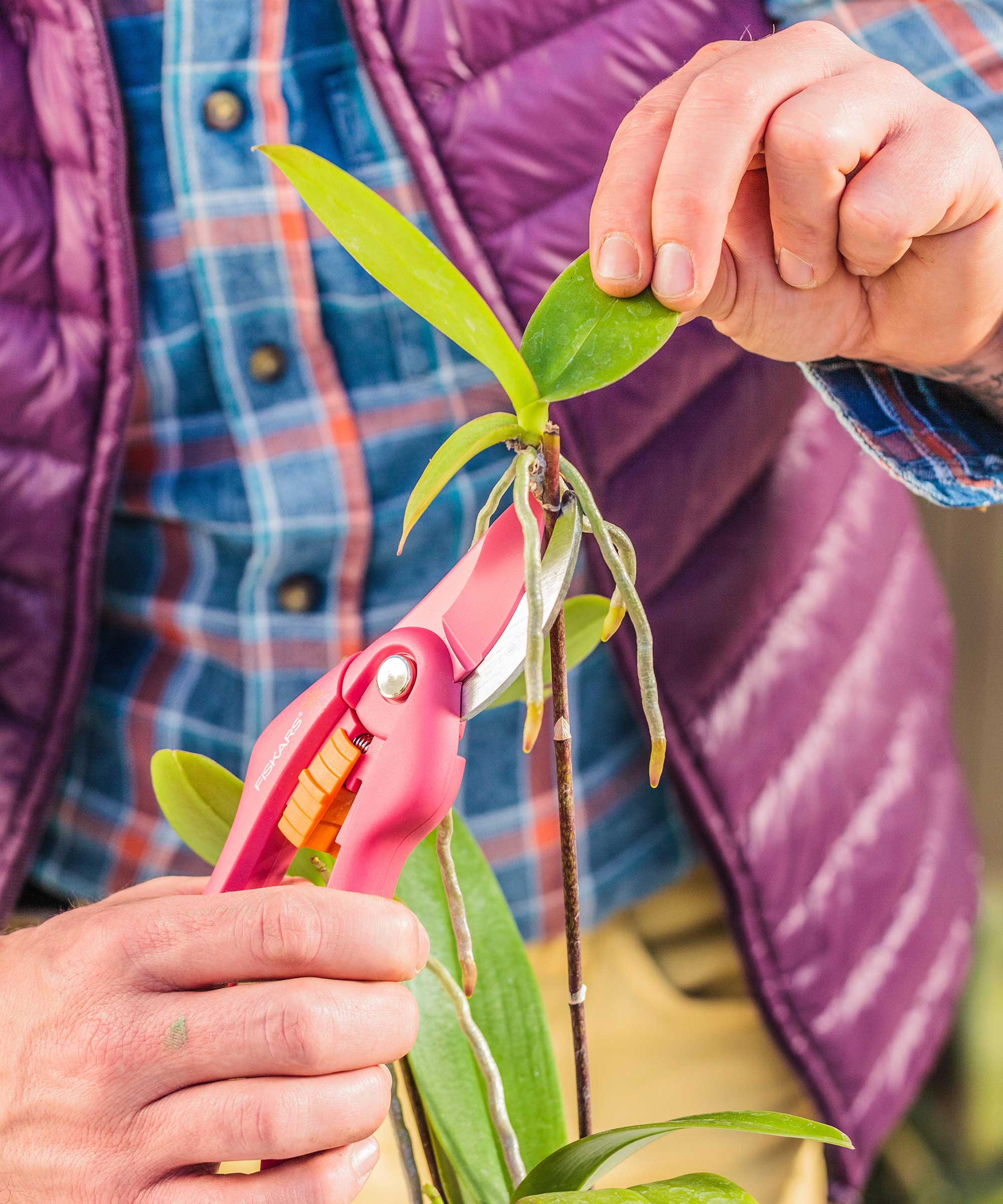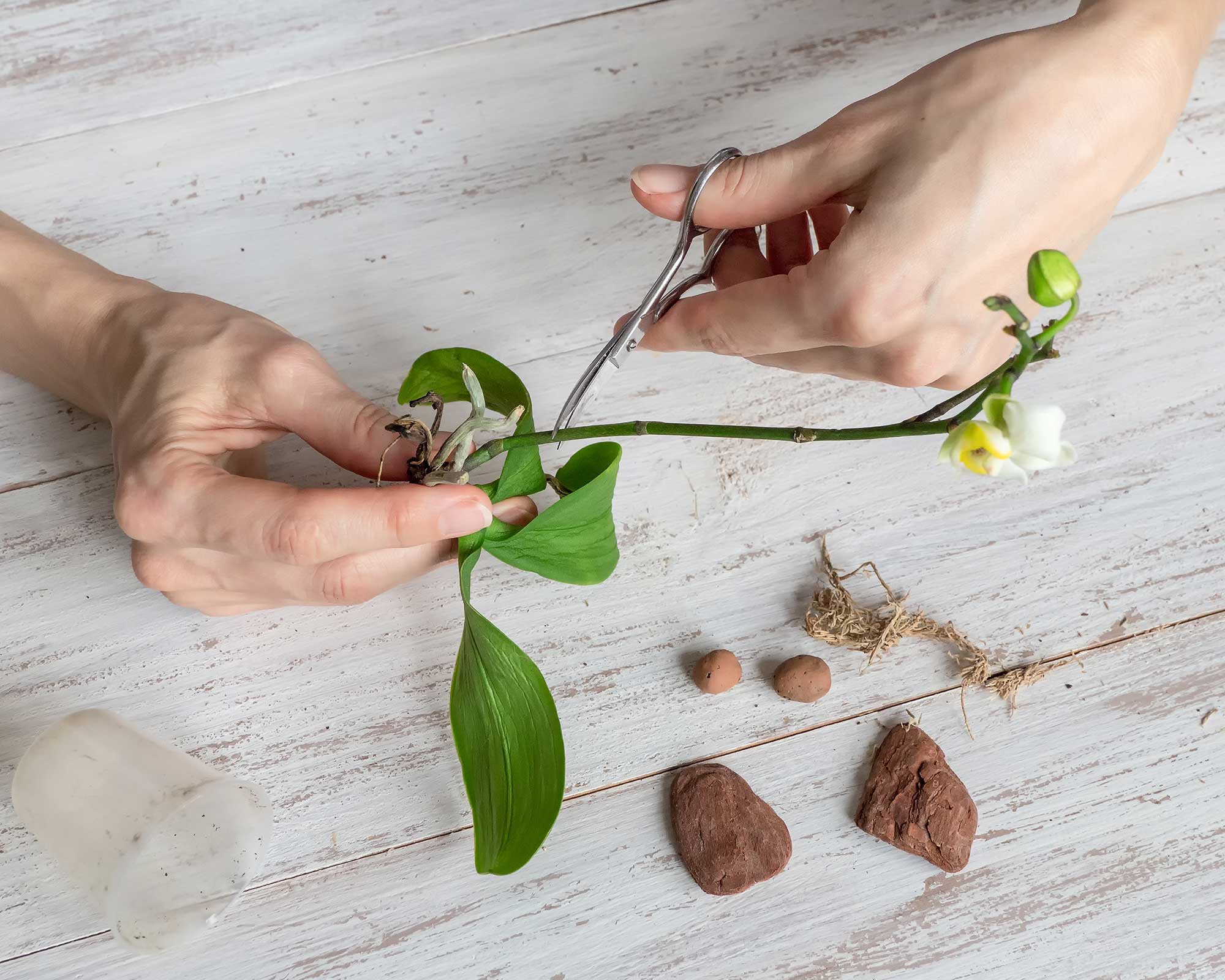How to propagate orchids: get more of these exotic houseplants for free
Learn how to propagate orchids for bright new blooms



Learning how to propagate orchids is worthwhile if you're a fan of these exotic-looking plants. That way, you can increase your collection for free, or give the new baby plants away as thoughtful gifts.
Generally, the best approach to propagation depends on what type of orchid you're attempting to propagate. For monopodial orchids, for instance, their one vertical stem does well with stem-cutting propagation. Meanwhile, the sympodial orchids, with their horizontal rhizome stems, are better propagated by detaching and planting keikis (more on that later). Unlike many other houseplants, such as begonias or succulents, orchids usually can't be propagated with leaf cuttings.
Just like orchid care in general, the methods for making more of these elegant indoor plants aren't especially difficult – you just need some know-how before you start.
How to propagate orchids by detaching and planting a keiki
Sometimes, a small plantlet appears on the orchid stem or flowering spike which sends roots into the air. This often happens with epiphytic orchids, especially phalaenopsis varieties. These plantlets are typically referred to as a keiki, and will be identical to the parent.
If a keiki appears and looks healthy enough, with good aerial roots attached, you can plant it in a new pot.
John Negus from Amateur Gardener suggests the following steps:
- To detach a keiki, wait until the roots are 2-3in (5-7cm).
- Remove it from the stem of the parent plant with a sharp, sterilized knife.
- Set the plantlet in orchid compost, filled loosely to let air circulate around the roots.
- Care for it as you would the parent plant, and spray finely with water until the plant becomes established.
'You can encourage moth orchids to produce keiki by applying "keiki paste" (a specialist hormone preparation) to the nodes on spent flower stems,' says the RHS. This is available to buy from Amazon, as well as in some garden centers.

How to propagate orchids from stem cuttings
Learning how to take cuttings from plants is a great way to get extra plants for free, and propagating orchids from stem cuttings is one of the most common options.
Bear in mind that you don't use the thin part of the flower stem, but a part that has new growth or nodes on it. Wait until the orchid has finished flowering before making any cuts.
- To propagate orchids from stem cuttings, select a length of stem that's between 10 and 12 inches in length, and cut it at the base with a sharp pair of secateurs or scissors.
- Cut the piece of stem into a few smaller sections, making each around a couple of inches in length. Ensure that each section has a node on it.
- Lay the sections of stem onto moist sphagnum moss.
- Mist regularly to keep the moss damp, as this will allow roots to form. You can also cover the cuttings with a clear plastic bag to raise the humidity.
- Once roots have formed, you can pot up the cuttings in orchid-friendly compost.
Alternatively, you can cut off a side branch to pot up, once the aerial roots growing from it reach about 2.75in (7cm).

How to propagate orchids by division
You can also propagate orchids by division. This simply means splitting up the plant by the roots, similarly to dividing perennials as you might already do outdoors. Doing so gives you one or two 'new' plants and can encourage more shoots to emerge.
When choosing an orchid for division, make sure the plant has at least one new growth or node on the stem, and at least a few back bulbs – also called pseudobulbs – which still store water for the plant but no longer produce roots or flowers. These back bulbs will give the divided plants sufficient strength for flowering.
When dividing an entire orchid plant, follow these steps:
- Carefully remove the orchid from its pot and remove as much of the soil as possible.
- Choose a place to split the plant in two by examining the root structure. Often there's a natural division apparent on the plant where it will easily split, so try to follow this as best you can.
- Making sure you have sharpened and cleaned your secateurs, cut through the roots, making sure each new section you create has at least three mature bulbs attached.
- Follow the usual steps for how to repot an orchid for each section.

Can you grow orchids from seeds?
Though it's possible to grow orchids from seed, it's a difficult and time-consuming process. This involves waiting for the seed to germinate, raising the delicate seedlings, and slowly watching the plant grow.
This usually takes around two years to show any leaf growth, and upwards of four to eight years for any blooms to appear. But, now you've learned how to propagate orchids using the methods above, you can add new plants to your indoor garden much more quickly.

Freelance writer and author Flora Baker is a keen amateur gardener and houseplant enthusiast. Her small garden in South London is a constant work in progress as she gets to grips with snail prevention, DIY trellises and what to plant in shady spots overrun with ivy.
